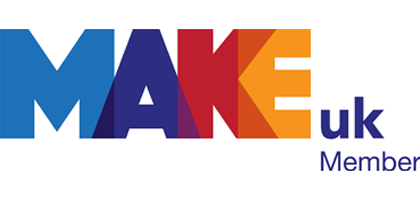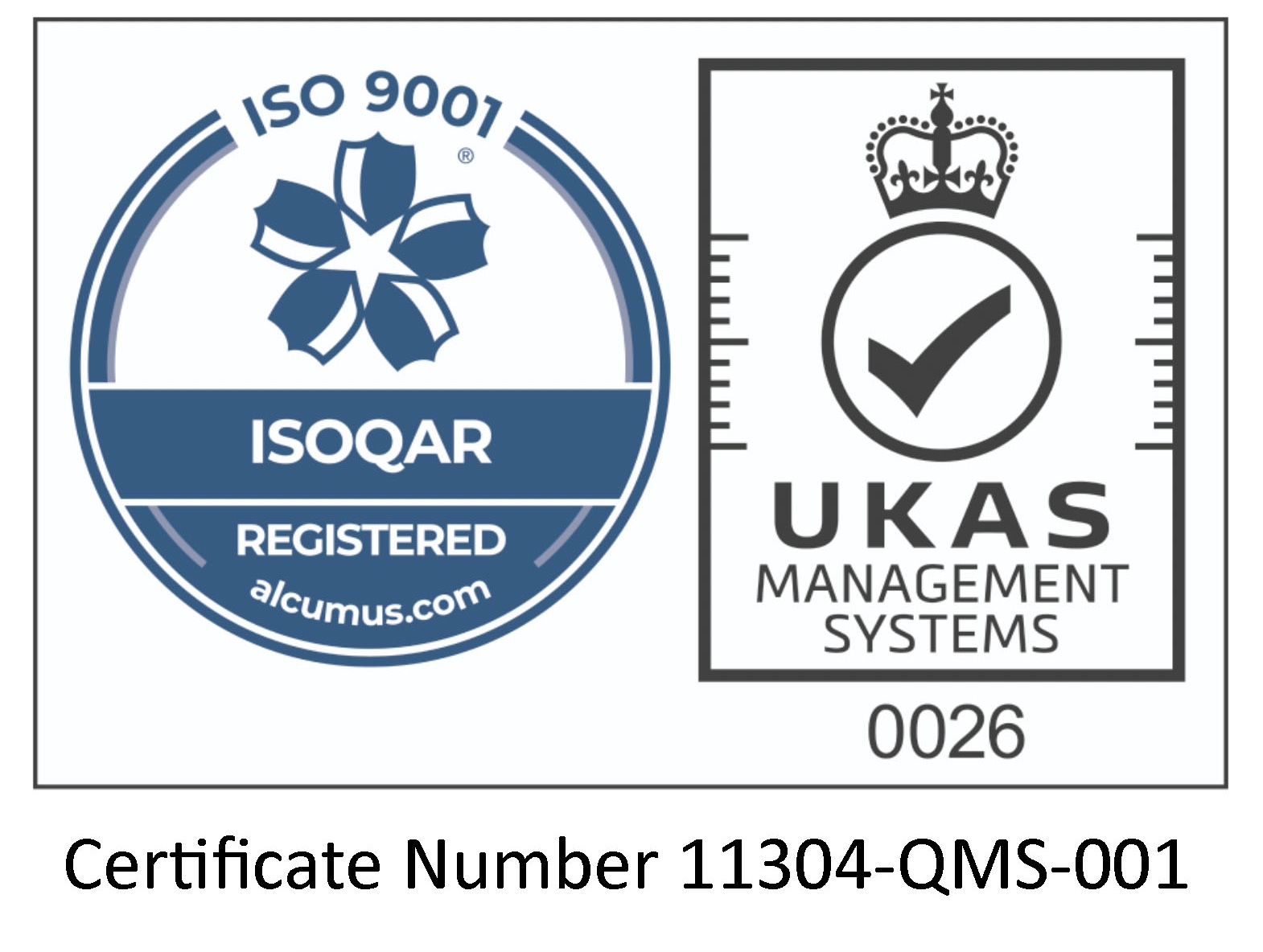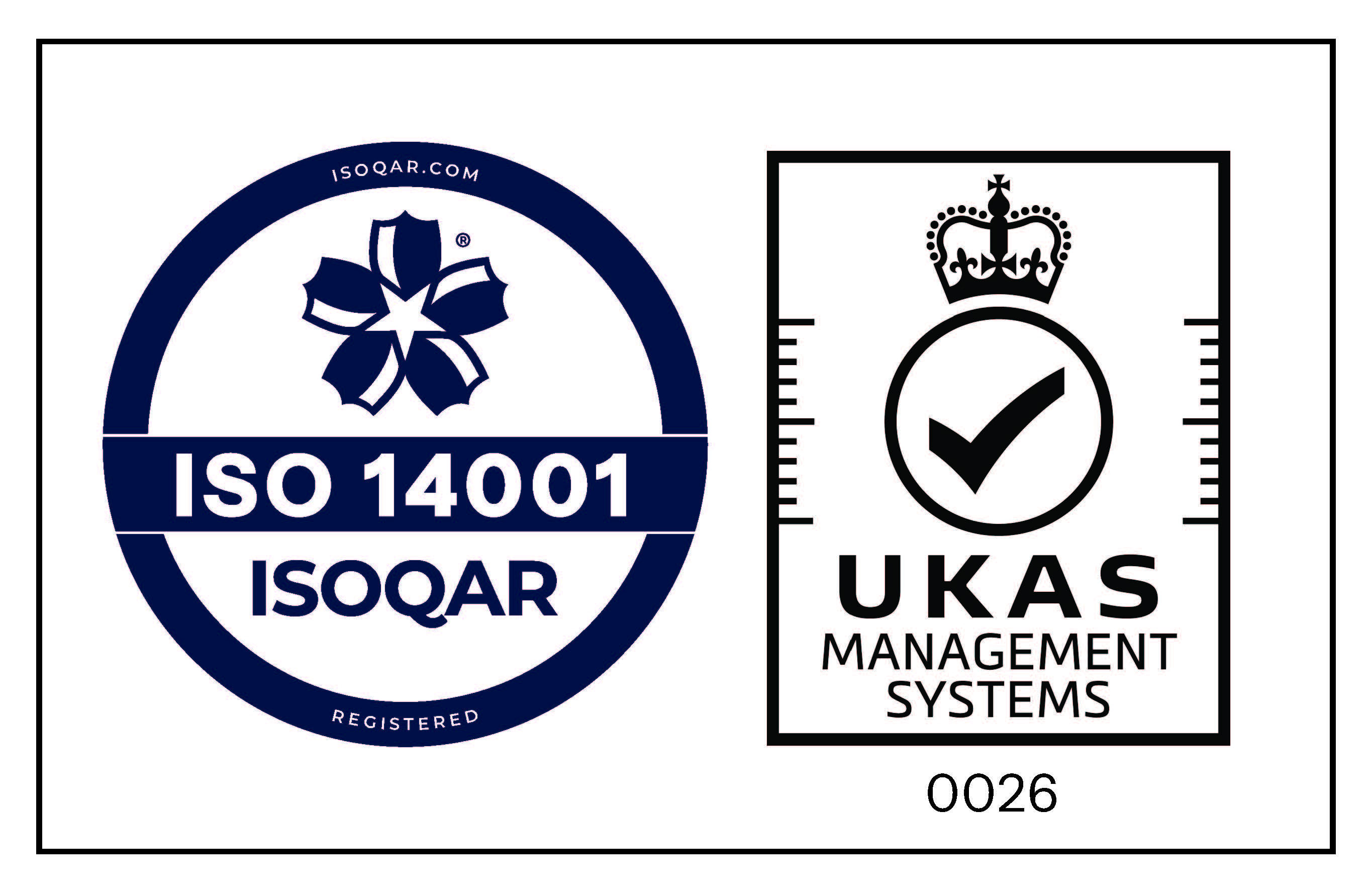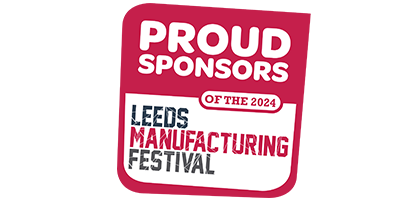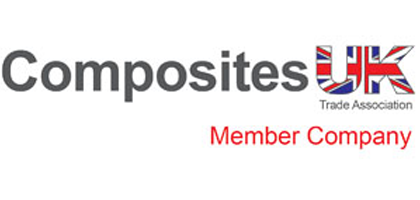CAD drawings provide precise digital models that guide the design, modification, and manufacturing of GRP moulds and tooling, improving accuracy, reducing errors, and speeding up production.
Outsourcing is cheaper, has greater time and investment savings, and eliminates technical overhead. We provide the tooling, material, and quality so that you can focus on your core business.
We offer gloss, semi-gloss, or textured finishes, using gelcoats in a range of colours. Topcoat or paint may also be applied where required.
GRP is highly resistant to chemicals, UV, corrosion, and water, making it ideal for harsh or outdoor uses.
General methods are open mould lay-up (hand lay/chop spray), resin transfer moulding (RTM), and vacuum infusion. Each process is suitable for different volumes, surface finishes, and performance specifications.
GRP is lightweight, resistant to chemicals, and cost-effective for complex shapes. GRP has a higher strength-to-weight ratio and is more design and manufacturing flexible than metal or plastic alternatives.
Turnkey CNC kitting and prototyping refers to a full-service process where custom parts are machined, organised into kits, and delivered as ready-to-assemble prototypes, ideal for speeding up product development.
CNC (Computer Numerical Control) machining is a manufacturing process that uses computer-guided tools to cut, shape, and finish materials with extreme precision. It’s ideal for producing complex, high-accuracy parts in metals, plastics, and composites.
Validating mould patterns against CAD data ensures the tooling matches design specifications exactly, reducing errors, improving part quality, and minimising costly rework during production.
Mould verification using scan data compares the physical mould geometry with its CAD model, identifying deviations or defects early to prevent costly production errors.
Modern 3D scanning technologies can achieve accuracies within microns, making them highly reliable for verifying patterns and moulds against CAD designs to ensure manufacturing precision.
Scan-to-CAD reverse engineering involves capturing a physical object’s geometry using 3D scanning, then converting that data into precise CAD models for design, modification, or manufacturing purposes.
Yes, scanned 3D data can be processed and converted into highly accurate CAD models, enabling reverse engineering, design adjustments, and precise tooling creation.
GRP (Glass Reinforced Plastic) is a composite material made by reinforcing a plastic resin with glass fibres, resulting in a lightweight yet strong product. It’s widely used in industries such as automotive, marine, construction, and aerospace for manufacturing durable parts and structures that require high strength-to-weight ratios.
Quality control includes regular inspections, prototype testing, and digital verification through 3D scanning and CAD comparisons to ensure moulds meet design specifications before full production.
3D scanning is a technology that captures the exact shape and dimensions of physical objects by creating detailed digital models, which can be used for design, reverse engineering, and quality control.
3D scanning improves design accuracy, accelerates reverse engineering, enables digital archiving, and enhances quality control by providing detailed, precise measurements of physical objects.



